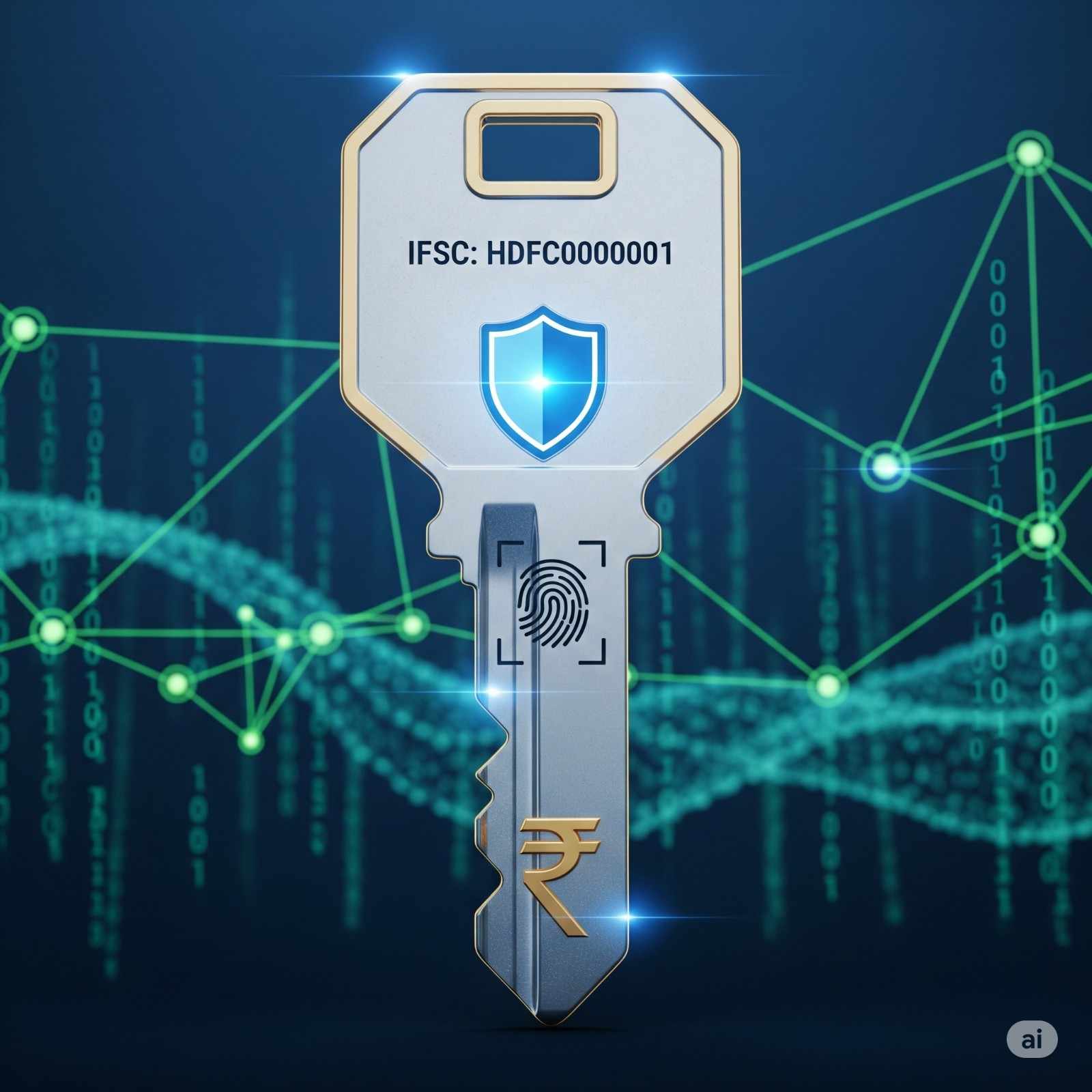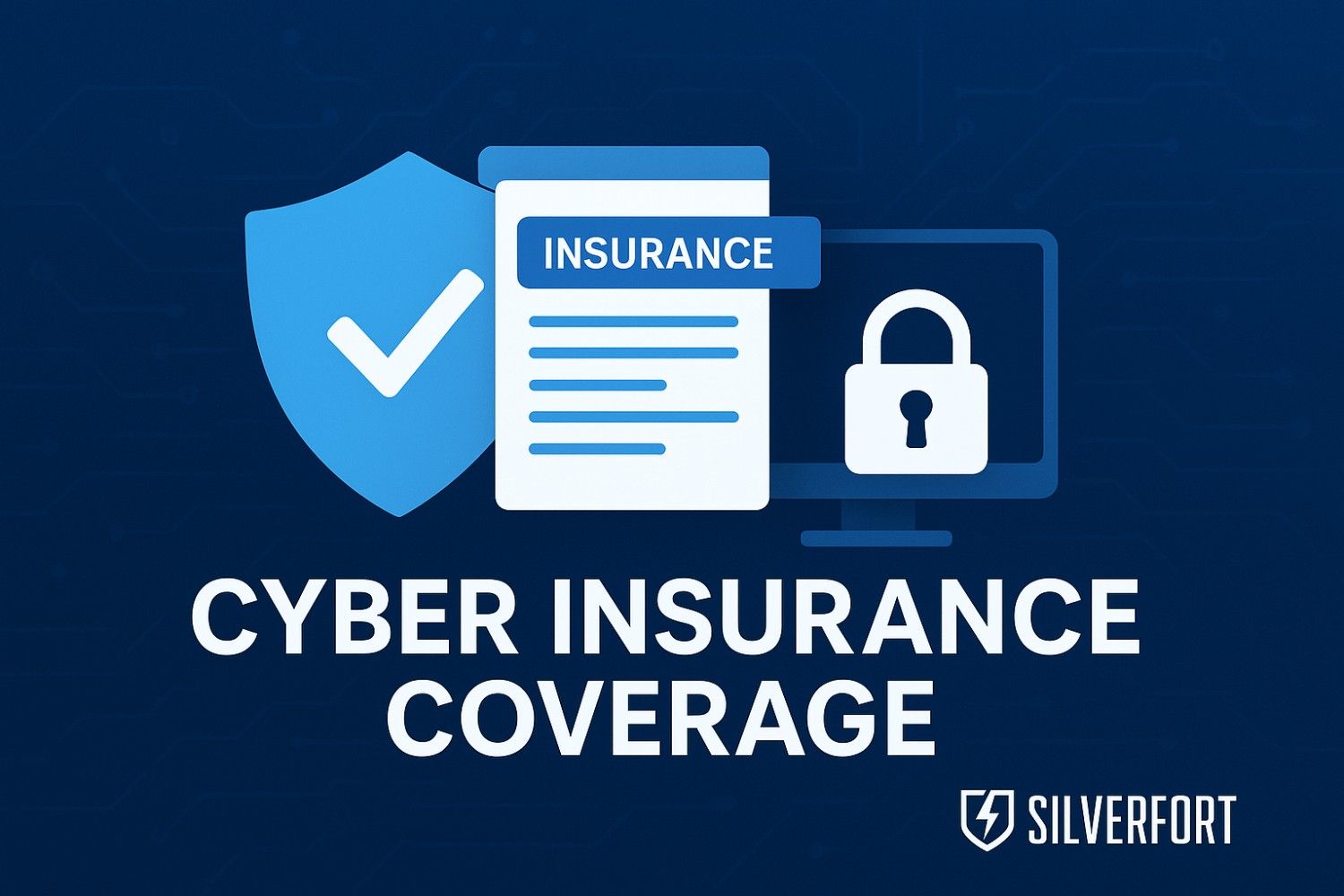
In the rapidly evolving landscape of Indian banking, seamless online transactions have become an integral part of daily life. From paying utility bills to transferring funds to loved ones, digital payments rely on a crucial identifier: the Indian Financial System Code (IFSC). This 11-character alphanumeric code is your gateway to secure and efficient digital banking, particularly when dealing with your Indian Bank accounts.
Table of Contents
What Exactly is an IFSC Code?
The IFSC (Indian Financial System Code) is a unique eleven-digit alphanumeric code assigned by the Reserve Bank of India (RBI) to every bank branch that participates in the country’s electronic funds transfer systems. Think of it as a distinct digital address for each individual bank branch. When you initiate an online transaction, the IFSC code ensures that your money is routed to the precise bank and specific branch where the beneficiary holds their account. Without this code, popular digital payment methods like NEFT, RTGS, and IMPS simply cannot function.
The Structure of an Indian Bank IFSC Code
An IFSC code is not a random sequence; it follows a standardized format that provides specific information:
- First Four Characters (Alphabetic): These represent the name of the bank. For any Indian Bank branch, the first four characters will always be IDIB.
- Fifth Character (Numeric): This character is consistently a ‘0’ (zero). It acts as a control digit and is reserved for future use, ensuring flexibility in the code’s structure if needed.
- Last Six Characters (Alphanumeric): These uniquely identify the specific branch of the bank. This segment is what directs your funds to the exact location of the beneficiary’s account.
For example: An IFSC code like IDIB000S097 (for Indian Bank, Saket branch, Delhi) can be broken down as:
- IDIB: Identifies Indian Bank
- 0: The reserved control character
- 00S097: The unique identifier for the Saket branch.
Why the IFSC Code is Crucial for Indian Bank Transactions
The IFSC code plays an indispensable role in ensuring the accuracy, security, and efficiency of digital financial transactions in India, especially for Indian Bank customers:
- Enabling Electronic Fund Transfers: The core function of the IFSC code is to facilitate various electronic payment systems:
- NEFT (National Electronic Funds Transfer): Used for individual and bulk fund transfers, processed in batches.
- RTGS (Real-Time Gross Settlement): Designed for high-value transactions that are settled immediately and individually.
- IMPS (Immediate Payment Service): Provides instant, 24/7 interbank fund transfers, often used via mobile and internet banking.
- Accuracy and Security: By precisely pinpointing the recipient’s bank and branch, the IFSC code significantly reduces the chances of errors and misdirected funds, adding a vital layer of security to your online transactions.
- Regulatory Compliance: The RBI uses IFSC codes to monitor and regulate all electronic banking transactions across the country, fostering transparency and accountability within the financial system.
- Fraud Prevention: The unique nature of each IFSC code helps in tracing transactions and serves as a safeguard against fraudulent activities.
- Seamless Digital Banking: Whether you’re paying a bill, managing an EMI, or making an e-commerce payment, the IFSC code is a fundamental requirement that enables these digital conveniences.
How to Easily Find Your Indian Bank IFSC Code
Locating your Indian Bank’s IFSC code is straightforward, with several readily accessible methods:
- On Your Cheque Leaf: The IFSC code is clearly printed on your Indian Bank cheque leaf, typically on the top left corner, often near the bank’s address.
- In Your Indian Bank Passbook: You’ll usually find the IFSC code on the first page of your Indian Bank passbook, where your account details and branch information are provided.
- Indian Bank’s Official Digital Channels:
- Official Website: Visit the Indian Bank’s official website and look for a “Branch Locator” or “IFSC Finder” tool. You can usually find the code by selecting your state, city, and then your specific branch.
- Netbanking/Mobile Banking App: If you use Indian Bank’s internet banking portal or mobile app, the IFSC code for your home branch is typically displayed in your account details section.
- Reserve Bank of India (RBI) Website: The RBI’s official website (rbi.org.in) offers a comprehensive and authoritative search facility for all bank IFSC codes in India.
- Third-Party IFSC Code Finder Tools: Numerous reputable financial websites and apps provide IFSC code lookup services. While convenient, it’s always advisable to cross-verify the information with an official Indian Bank or RBI source to ensure accuracy.
The Benefits of Indian Bank IFSC Codes for You
The widespread adoption of IFSC codes offers significant advantages to Indian Bank customers and the broader financial system:
- Unmatched Speed and Efficiency: Digital transactions empowered by IFSC codes allow funds to be transferred within moments, eliminating the delays associated with traditional banking methods.
- Enhanced Security and Accuracy: The precise identification ensures funds are routed to the correct beneficiary, significantly reducing the risk of errors and fraud.
- Unrivaled Convenience: The ability to conduct transactions anytime, anywhere, promotes a truly convenient and accessible banking experience.
- Nationwide Financial Connectivity: IFSC codes facilitate seamless interbank transfers across every part of India, connecting Indian Bank customers with individuals and businesses nationwide.
- Simplified Financial Management: For both individuals and businesses, the unique code associated with each transaction simplifies accounting, reconciliation, and record-keeping processes.
IFSC Code vs. Other Important Banking Identifiers
It’s crucial to understand that while the IFSC code is vital for domestic online transfers, other codes serve different purposes:
- MICR (Magnetic Ink Character Recognition) Code: This 9-digit numeric code is primarily used for processing physical cheques. It’s printed at the bottom of a cheque leaf and helps in faster clearing of cheques.
- SWIFT (Society for Worldwide Interbank Financial Telecommunication) Code: Also known as BIC (Bank Identifier Code), a SWIFT code is an 8 or 11-character code used for international money transfers. If you’re sending or receiving money from outside India, you’ll typically need a SWIFT code, not an IFSC code.
Common Scenarios and Important Considerations
- Incorrect IFSC Code: If you enter an incorrect IFSC code for an Indian Bank transaction, the funds will usually not be debited from your account, and the transaction will fail. In rare cases where an incorrect IFSC code matches another valid branch and account, funds could be misdirected, highlighting the importance of careful entry.
- Is it safe to share my IFSC code? Yes, it is generally safe to share your IFSC code. It’s a public identifier for your bank branch and only allows funds to be credited to your account; it cannot be used to withdraw money.
- IFSC Code Changes: If an Indian Bank branch merges with another or relocates, its IFSC code might change. Always verify the latest IFSC code, especially for recurring payments, to avoid transaction failures.
The Indian Bank IFSC code is a fundamental pillar of India’s modern digital banking infrastructure. By understanding its structure, purpose, and how to use it effectively, you can ensure your digital transactions are consistently smooth, secure, and accurate. Sources







